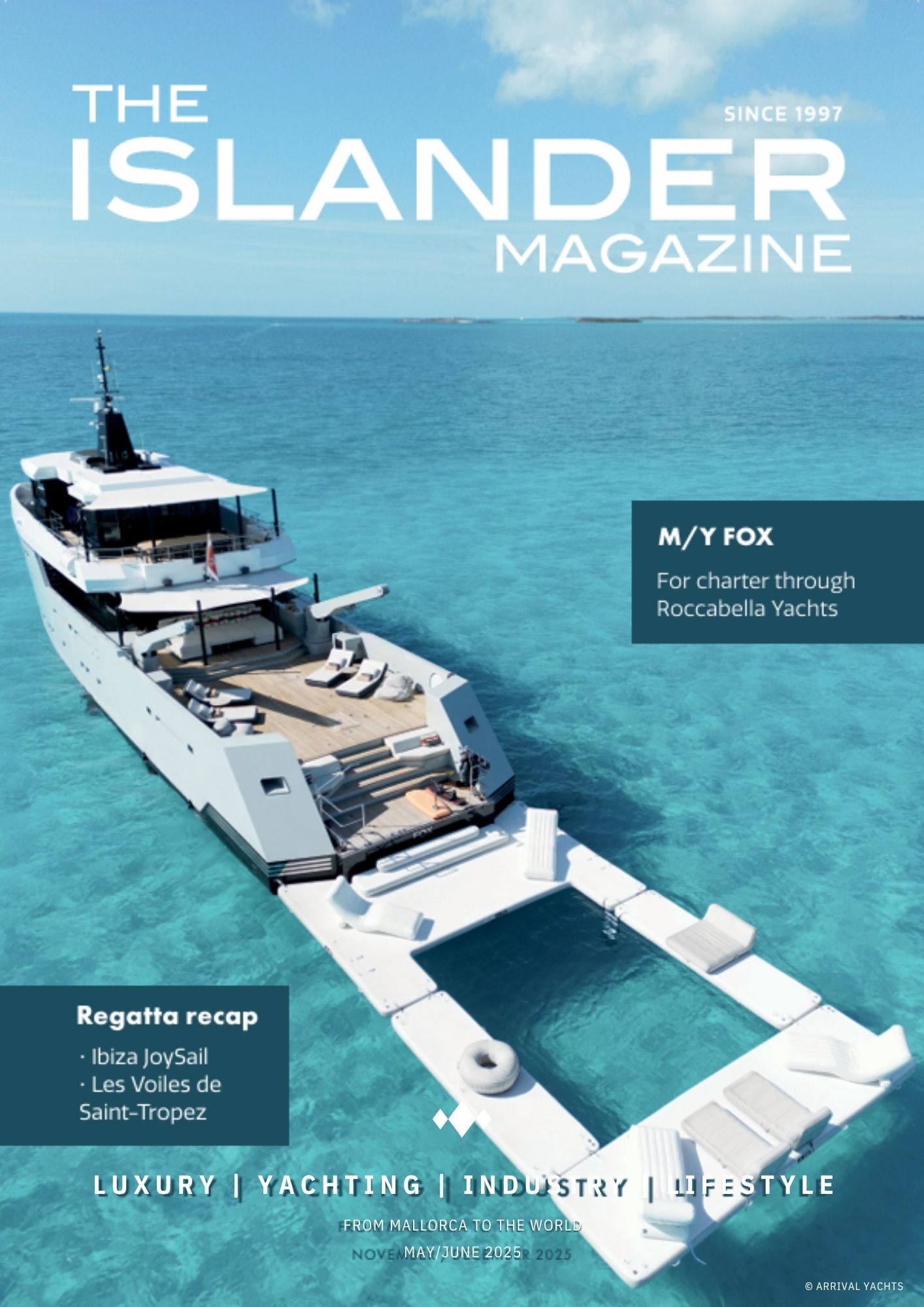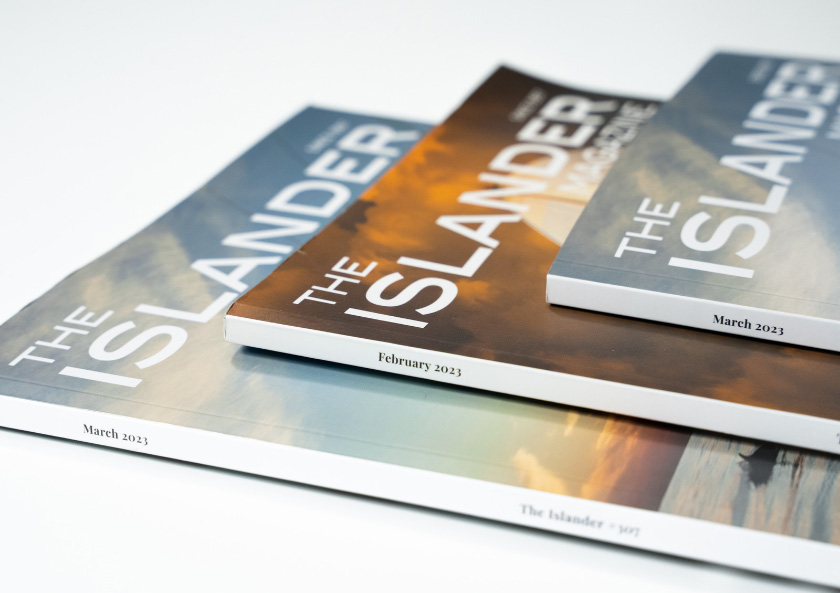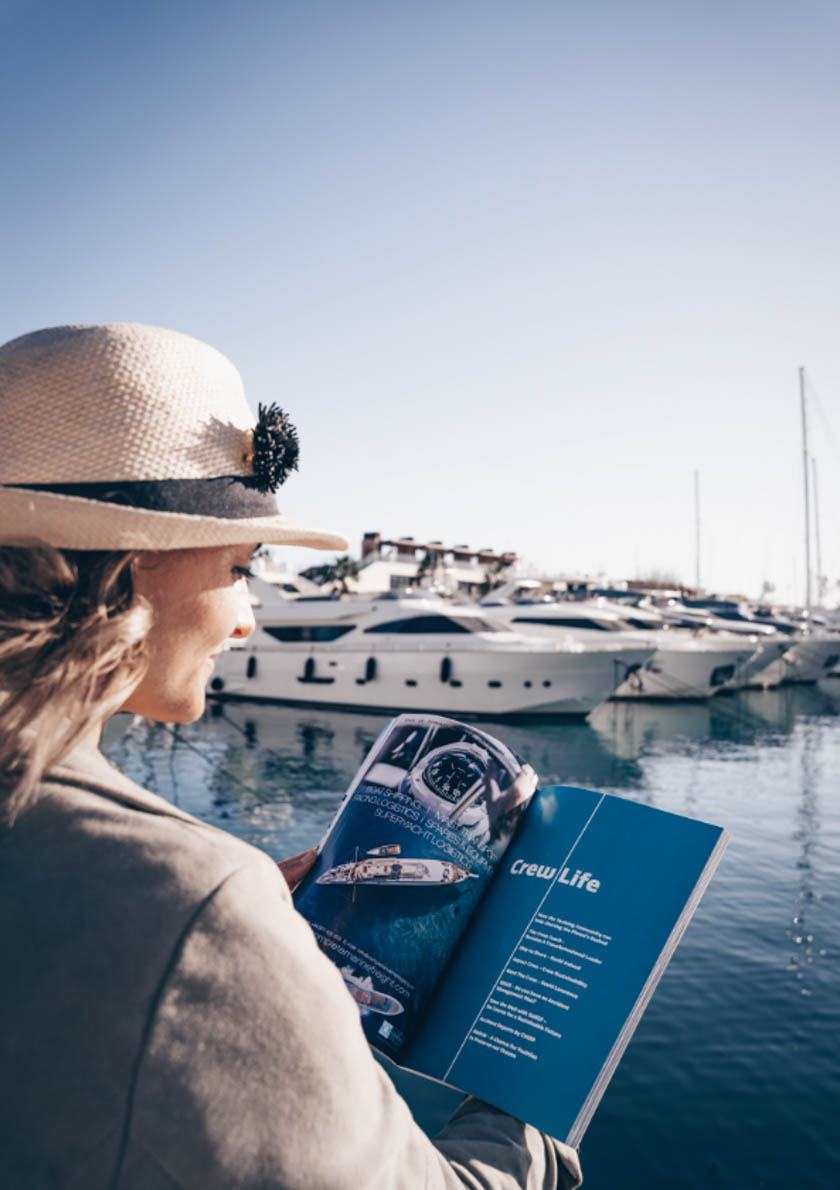One of our greatest risks, in terms of injury & illness, is scepticaemia. Infection from marine injuries, envenomations & exposure.

While everyone in our yachting world knows about the dreaded sea ulcer the deck hand got sailing through the Pacific, or the infected mosquito bite that nearly cost your friend her life, there is not a great deal of research into the link between Marine injuries and exposures.
We all know we are at significant risk of skin disorders following marine envenomations. However, I did not know there was a link between handling and ingesting seafood while injured & severe bacterial infections, made worse by drinking alcohol or a history of tropical disease (well less then average liver function, makes these problems worse, its not just the beer)

Skin disorders, caused by infectious, bacterial ridden bites, cuts or blisters, are believed to be the the third most common cause of death in travellers.
Fish bites, puncture wounds, abrasions, and of course more serious injuries, may become infected with marine bacteria, in the marine environment causing severe ulceration, necrotising fasciitis and even gangrene.
So, take note… If you are reading this, and love sailing, surfing, kitesurfing, wake boarding, diving or snorkling, beer, wine & seafood you are probably at risk.
Come with me on a journey into some of the most quirky, yet common, marine bacteria that you probably want to avoid, especially when sailing in remote locations.
Marine infections are generally caused by:
- Exposure to marine animals
- Ingestion of Seawater
- Preparation of live or freshly killed seafood
- Swimming with open wounds
Who is most at risk in the marine environment?
Those with open wounds, suppressed immune systems, liver disease, alcoholism, diabetes, blood disease, renal disease, and cancer, must be cautioned about the seafood, and the ingestion of seawater or consumption of raw or undercooked seafood, especially oysters.
What & who is responsible?
Chromobacterium violaceum is an aerobic, Gram‐negative bacteria found in soil and water in tropical regions.
- C. violaceum is usually infects marine injuries or envenomations that are exposed to to brackish or stagnant water.
- Skin lesions ulcerate and produce a bluish purulent discharge. Swelling is common, usually on an extremity.
- Within days, invasive septicemia may occur, especially in the immunocompromised, with high fevers and disseminated skin lesions that progress to abscesses.
- Abscesses may also occur in bone and in the liver.
Shewanella species are Gram‐negative bacteria, and are a normal part of the marine environment in temperate and tropical regions worldwide.
Shewanella is contracted via the ingestion of raw seafood, lacerations in marine environments, preexisting lower extremity wounds or ulcers, and the immunocompromised.
- Shewanella infections are usually deep ulcers on the lower extremities.
- Nonhealing ulcers can cause necrotizing fasciitis, major circulation issues & bone infections.
- Shewanella septicemia has been associated with endocarditis and meningitis.Shewanella can also cause pneumonia, gall bladder infections, or stomach infections following aspiration or ingestion of seawater.
- Shewanella algae is also resistant to penicillins.
Vibrio vulnificus can be detected in the gut of oysters and other shellfish and in the intestines of fish that inhabit oyster reefs.
Vibrio vulnificus is a virulent bacterial pathogen that can cause three types of infections:
- acute gastroenteritis from eating raw or undercooked shellfish;
- invasive septicemia following ingestion of raw or undercooked shellfish, especially oysters;
- necrotizing wound infections following marine injuries and exposures.
Mycobacterium marinum is the most common cause of external granulomas in fish handlers and aquarium workers.
Mycobacterium marinum infections typically begin as localized areas of red‐violet puncture wounds or minor lacerations in marine environments on the cooler, distal regions of the extremities.
- Often nodules will develop and may ulcerate with a yellowish, purulent discharge.
- Deeper, invasive infections, including septic arthritis, bursitis, tenosynovitis, and osteoarthritis, may occur in indolent or untreated cases and, less often, in immunocompromised patients.
General Management of Marine Injuries

As you have probably figured out, daily sessions in the Ocean & handling seafood both contribute to the formation of these illnesses.
So, the answer is, be vigilant with all wounds, even a mosquito bite in the Marine Environment. It is wise to try to protect the wound from being rubbed or bumped, by wearing a dressing and bandage, but the real problem is leaving the wound wet for extended periods of time.
When a wound becomes wet, it loses its protective healing scab.
The scab forms a protective roof, under which fibroblasts, the first cells to arrive at the scene of a skin injury, lay down a delicate collagen matrix. New skin cells (epithelial cells) then migrate from the wound’s edges, along this bed of collagen, forming a fresh new layer of skin.
Every time you go in the water however, the scab and underlying collagen gets washed away, so the wound never gets a proper chance to heal, making it more susceptible to bacterial infections.
Another thing you probably noticed is that when walking along the beach, sand and other stuff gets trapped in your sea wound. Besides causing pain, this foreign material also interferes with the normal healing process. While most wounds are not initially infected, if allowed to get dirty and stay dirty long enough – bacteria can set up shop causing you additional grief.
The best strategy for getting a wound to heal in the maritime environment is to keep it clean and dry, so a scab can form, allowing the normal wound healing process to take place. Various goops and ointments, including the brand name medicine such as Neosporin®, Bacitracin®, Bactroban®, Betadine®, and other products such as aloe vera, and vitamin E, normal saline and plain old soapy water have been tested to see which is best at wound healing.
But truth be known, overall, none of them are real stand-outs over simply keeping the wound clean and dry. Because Neosporin® can cause skin allergies, and Bactroban® is ideal and readily available in your Medical First Aid Kit, in the skin section, Bacitracin® or Bactroban® are probably the best choice among the lot, after a good clean with normal saline, or saline and betadine or even just warm soapy water (if you have no access to medical supplies).
You may need to take antibiotics, may needed to knock out a deep-seated infection, so contact your 24/7 tele-medical support service and send photos, so they can keep an eye on your wound.
If you have a wound, stay out of the sea and fish markets-at least for a little while and avoid the cerviche and oysters on the menu. It could take two weeks or longer to noticeably improve, but each day the wound is kept dry will help.
If you have to risk getting, and must get in the water to take the guests sailing or for watersports, or to even prepare a seafood dinner, put antibiotic ointment on it, a well-padded waterproof bandage, and protect it.
When you get out of the water, don’t stand around wet. Give immediate attention to your wound. Wash it thoroughly in fresh water, preferably warm soapy water, which will increase circulation to the area. Get it meticulously clean. Then dry it, using the sun or even a blow drier.
Finally, cover it with a loose-fitting bandage that allows lots of air to reach it. Frequently check it during the day, and before going to bed to be sure it is clean and dry. Dress your wound using aseptic technique daily, or as recommended by your medical advisor. Change your dressing often. Usually this will do the trick.
The best strategy for preventing these nasty infections is to not get cut in the first place, and if you do get a cut, to take care of it. Particularly in the Tropics, take care of your wounds.
Conclusions and Recommendations
All Sailors, crew, owners & guests with well‐established risk factors for increasing severity of marine infections, must take extra care in the marine environment. Those with:
- Open wounds
- Suppressed immune systems
- Cancer
- Diabetes
- Poor Liver function
- Alcoholics
Must be cautioned about the risks of marine infections through exposures to marine animals, seawater, the preparation of live or freshly killed seafood, and the ingestion of seawater or consumption of raw or undercooked seafood, especially oysters.
The medical officer on board needs to monitor these wounds and alert their 24/7 Medical team if any signs of inflammation, heat, swelling, fevers, ulceration or gastrointestinal problems.
Stay safe, keep your wounds clean and remember to brush up on your knowledge of wound cleaning , dressings and wound care by attending regular Medical Training Sessions & keep up to date with your Medical Care at Sea knowledge.
And remember, as WHO says, “prevention is easier than cure”
By Amanda Jean Hewson Beaver RN (MIPH, BSC Nursing)
Medical Trainer at Medical Support Offshore & Senior Lecturer in Extreme Medicine at the University of Tasmania.
This article was inspired by and is a summary of the following readings.
1. Skin and Soft Tissue Infections Following Marine Injuries and Exposures in Travelers
Journal of Travel Medicine, Volume 21, Issue 3, 1 May 2014, Pages 207–213, https://doi.org/10.1111/jtm.12115
2. Marine envenomations in returning French travellers seen in a tropical diseases unit, 2008–13
Aurélia Henn, MD, Alice Pérignon, MD, Gentiane Monsel, MD, Sébastien Larréché, MD, Eric Caumes, MD
Journal of Travel Medicine, Volume 23, Issue 2, March 2016, tav022, https://doi.org/10.1093/jtm/tav022
3. Marine Scorpaenidae Envenomation in Travelers: Epidemiology, Management, and Prevention
Journal of Travel Medicine, Volume 22, Issue 4, 1 July 2015, Pages 251–258, https://doi.org/10.1111/jtm.12206













0 Comments